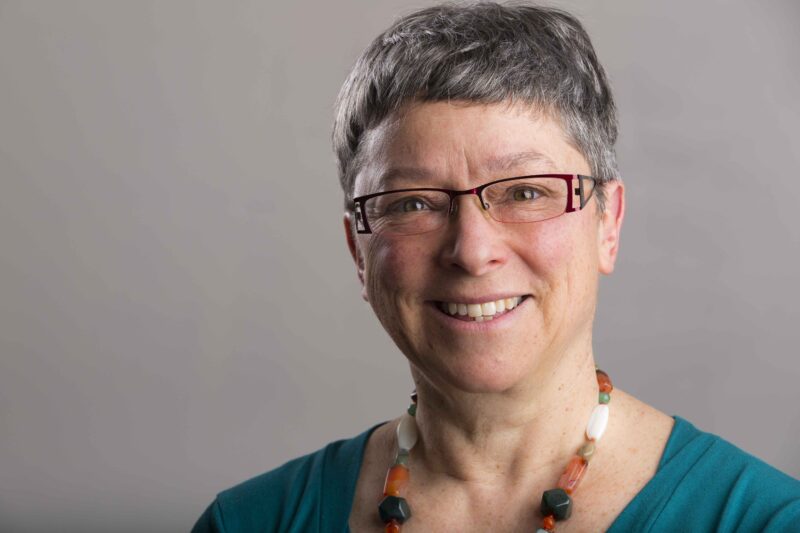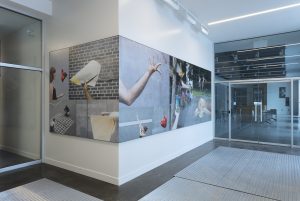

Marie Perrault
Marie Perrault is an author, curator and contemporary art consultant. She has written about 30 essays and created several exhibitions. In 2019, she presented Rejouer l’opulence d’hier at Château Dufresne, the museum, and heritage and historic site, and Que disent les plantes, at Pointe-Claire’s Stewart Hall Art Gallery. She was also guest curator for Art Souterrain, during the 12th annual festival RESET, in 2020, and for the 2018 Vitrine sur l’art: L’art de redéfinir le genre. From 1997 to 2014, she worked at the ministère de la Culture et des communications, in particular with the integration of arts in architecture program, for which she was the project manager for almost 350 public artworks.
She enjoys roaming the city, on foot, bicycle, metro and bus, discovering art during her travels. As befits the randomness of these encounters, her choices for coups de cœur are tributes to women artists who have created the public spaces of her daily life.






